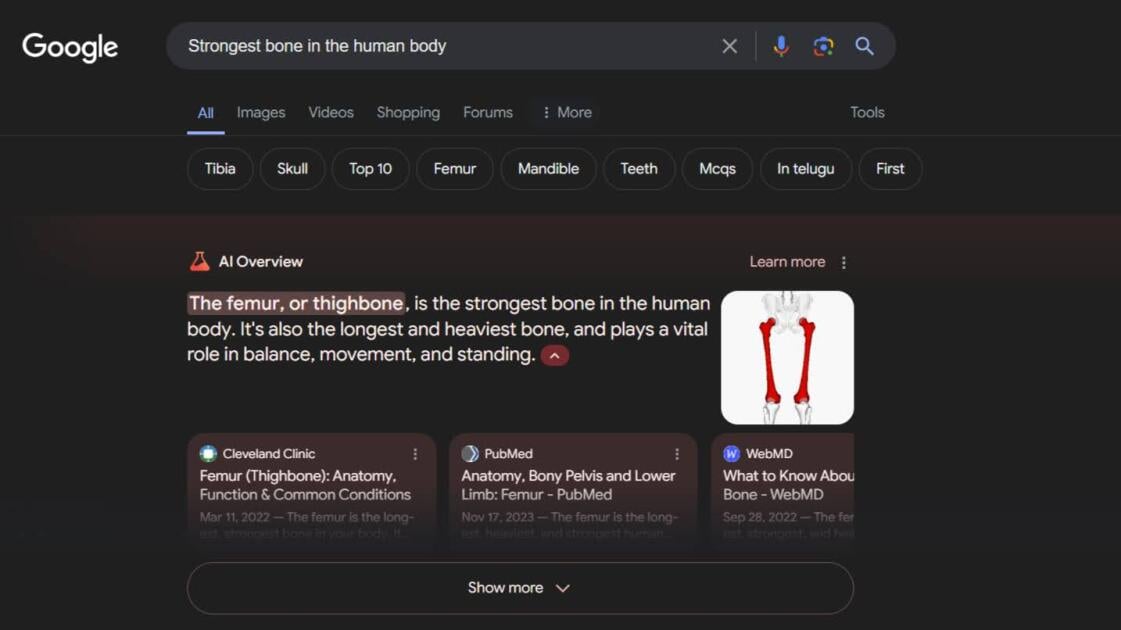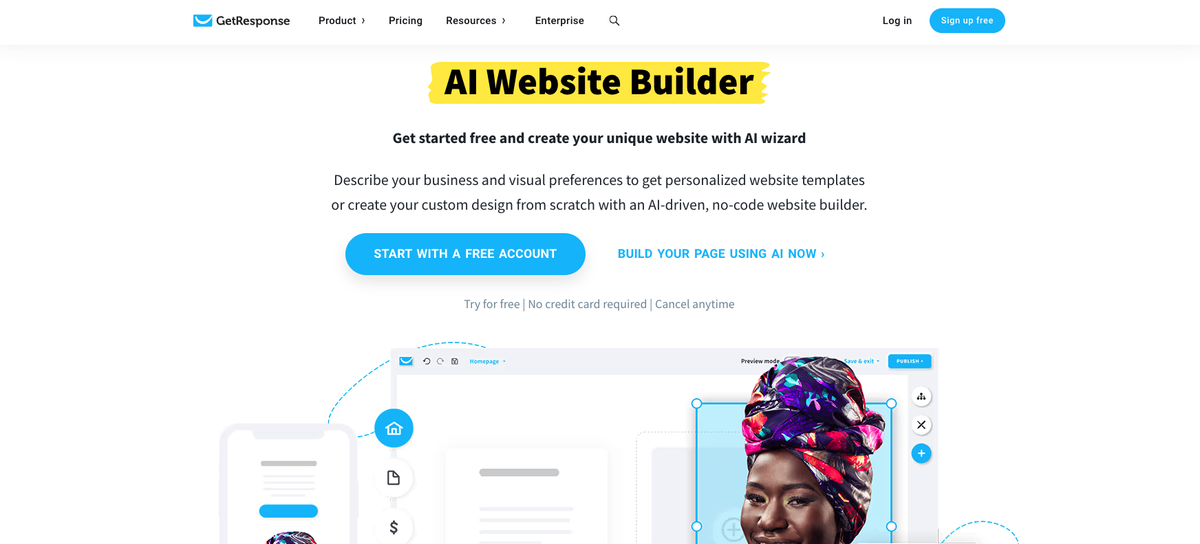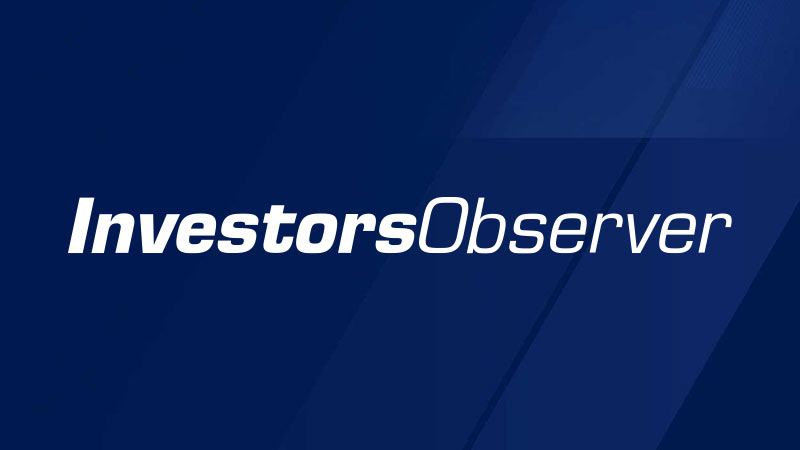There are 4.48 billion email users worldwide
Email remains a powerful tool for businesses worldwide. With 4.48 billion users globally, the reach is immense. Analysts predict this number will continue to grow, reaching 4.59 billion in 2025 and 4.73 billion by 2026, proving it’s still relevant and has plenty of potential as a marketing channel.
81% of companies use email as part of their marketing strategy
Email marketing is not just a tool but a core strategy for a vast majority of businesses. The high adoption rate among companies signifies its effectiveness in nurturing customer relationships and driving conversions. Companies rely on email to deliver targeted messages, track customer engagement and measure campaign success with precision.
64% of small businesses use email marketing
Small businesses find email marketing to be an accessible and effective way to reach their customers. By using email, these businesses can engage with their audience, promote their products and build brand loyalty with no need for large budgets. The ability to personalize messages and automate campaigns helps small businesses compete with larger firms.
One-third of marketers use email marketing
Email marketing continues to be a preferred choice for many marketers. The fact that nearly 90% plan to maintain or increase their spending on email campaigns shows its proven return on investment (ROI) and effectiveness in driving sales. Marketers value email’s ability to reach a targeted audience directly and its versatility in various campaign types, from newsletters to promotional offers.
Half of marketers say that email marketing is their most impactful channel
For half of the marketers surveyed, email stands as the most powerful channel in their marketing mix. This preference shows email’s ability to generate high engagement and conversion rates. The direct nature of email allows marketers to connect with customers on a personal level, fostering stronger relationships and encouraging repeat business.
The average open rate for an email marketing campaign is 36.5%
Email remains an effective channel for reaching audiences. Notably, faith-based organizations and child care services achieve open rates above 44%, suggesting these sectors benefit from highly engaged audiences. Nonprofits and education sectors also see strong open rates, showing the effectiveness of targeted, meaningful content. These insights highlight the importance of crafting emails that align closely with the interests and needs of specific audiences, driving higher engagement and stronger connections.
The average click-through rate for an email marketing campaign is 1.4%
While the overall click-through rate for email campaigns is 1.4%, certain sectors achieve much higher rates, demonstrating effective engagement strategies. Technology services and transportation services lead the pack with rates of 2.6%, showing the impact of well-targeted content and timely messaging. Faith-based organizations and family and social services also see strong engagement, reflecting the effectiveness of their tailored communication. Nonprofits, both membership and service-based, maintain solid click-through rates, showing their success in connecting with supporters through email. This data emphasizes the importance of industry-specific strategies to maximize engagement and drive actions from email recipients.
The average bounce rate for an email marketing campaign is 10.4%
Bounce rates can provide valuable insights into how engaging email content is and whether it meets the audience’s expectations. Repair and maintenance services achieve the lowest bounce rate at 4.9%, indicating strong interest and relevance in their emails. Retail sectors, including both brick-and-mortar and online stores, also see low bounce rates, suggesting effective engagement strategies. Independent artists and performers, along with dining and food services, retain audience attention well.
Faith-based organizations and educational institutions maintain strong engagement, reflecting the value and interest of their content. Consulting and financial services have slightly higher bounce rates, but still perform well, showing successful communication strategies in these fields.
Emails that are personalized increase open rates by 26%
Personalized emails are significantly more effective at capturing recipients’ attention. By tailoring content to individual preferences and behaviors, marketers can achieve a 26% higher open rate. This approach ensures that emails are more relevant and engaging, leading to better results.
83% of customers are happy to share their data to have personalized experiences
Customers are increasingly willing to share their data in exchange for personalized experiences. With 83% expressing a positive attitude towards data sharing, businesses have a valuable opportunity to enhance their email campaigns by leveraging customer insights to create more targeted and meaningful interactions.
Over half of businesses send emails between two to four times per month
The frequency of email campaigns varies among businesses. Most companies find a balance by sending emails two to four times per month, ensuring regular engagement without overwhelming their audience. A smaller portion opts for monthly or more frequent sends, adjusting their strategies based on specific goals and audience preferences.
The most popular time to send an email marketing campaign is Tuesday at 12 p.m.
Timing plays a critical role in the success of email marketing. Tuesday at noon is the most effective time for sending campaigns, likely due to recipients being more receptive and attentive during this period. Marketers can optimize open and click-through rates by aligning their email schedules with these peak times.
Email open rates are quite consistent throughout the week, with Saturday marginally taking the top spot at 37.6%
Email engagement remains steady across the week, with only slight variations in open rates. Saturday holds a slight edge at 37.6%, suggesting it might be an optimal day for email campaigns aimed at higher visibility. Other days, such as Monday and Friday, also maintain strong open rates, indicating consistent interest from recipients regardless of the day. This consistency provides marketers with flexibility in planning their email schedules, knowing that their messages will likely reach engaged audiences throughout the week.




